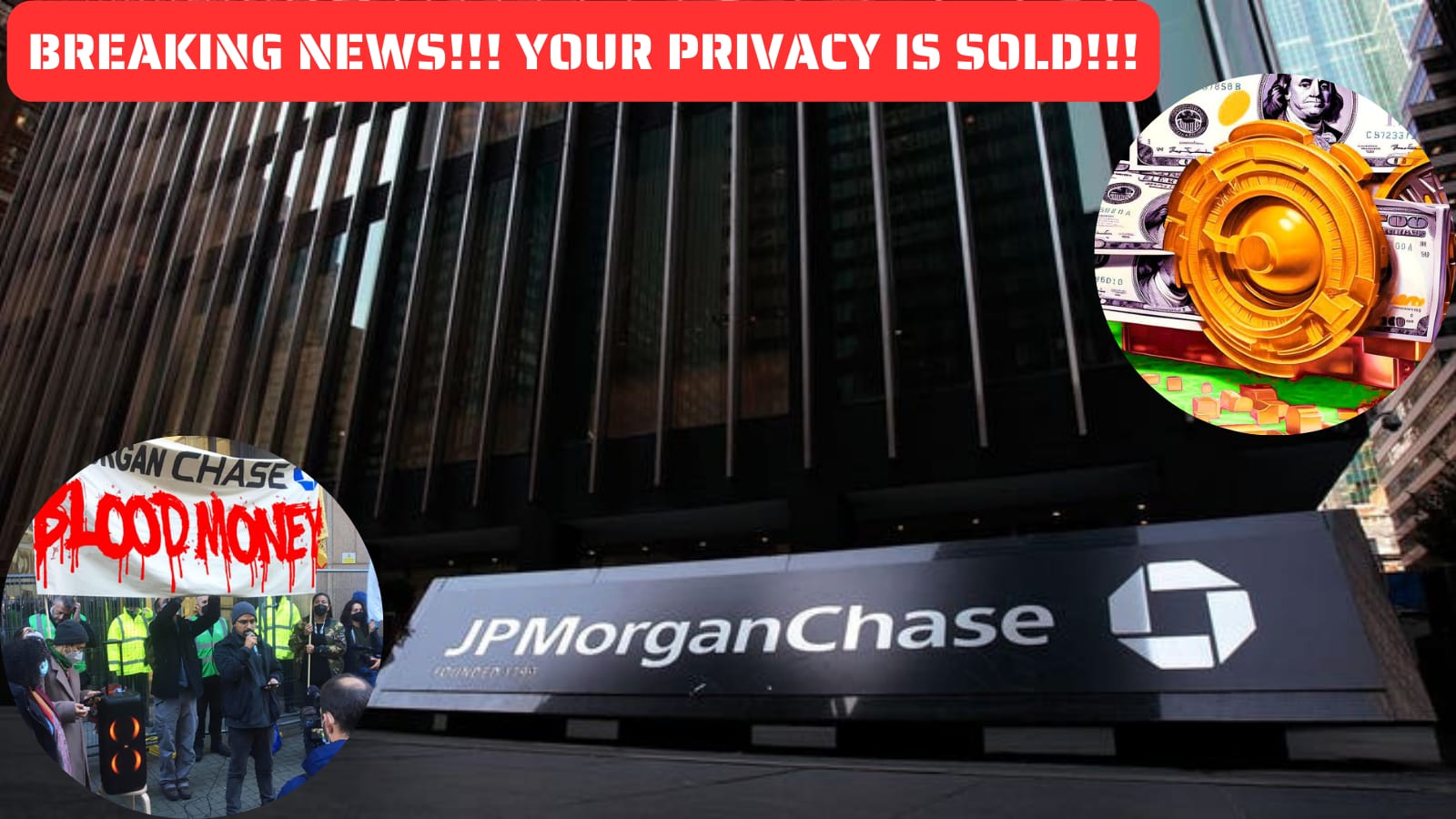The Final Stages of a Bubble Economy: What Happens Right Before the Collapse
Ready to uncover the truth? Sick of the lies? Join our Telegram Channel now. It’s time for the real story! My gratitude to all my readers!
The U.S. economy is on the brink of disaster! Exploding national debt, skyrocketing inflation, and reckless government spending are driving us straight toward financial collapse. The bubble is about to burst—are you ready for the chaos that follows?
The final stages of a bubble economy can feel like living on the edge of a precipice—every day might feel like the last moment before a great fall. Despite the warnings, people often feel invincible, as though the system is too big to fail. But the harsh truth is that bubble economies don’t last. They can seem eternal right up until the moment they collapse. This is exactly where we find ourselves today, with all the signs pointing toward an impending financial disaster.
For years, leaders and policymakers have been taking extreme measures, each one more desperate than the last, to prop up a failing economy. The Federal Reserve has been printing money as if there’s no tomorrow, creating trillions of dollars out of thin air to pump into the financial system. Meanwhile, politicians have been riding the wave of the greatest debt bubble the world has ever seen, and the national debt has reached terrifying heights. As of now, the United States’ national debt has surpassed $35 trillion, with no end in sight.
This article aims to shed light on the precarious situation we are in, offering a glimpse into the symptoms of a bubble economy on the brink of collapse and exploring how close we are to financial ruin. Understanding this situation isn’t just about economics—it’s about survival in a world that’s been artificially propped up for too long. The clock is ticking, and when the bubble bursts, it could send shockwaves throughout the global economy.
The Inescapable Debt Spiral
For over a decade, the United States has been running on borrowed time and borrowed money. National debt is no longer just a talking point; it’s an all-consuming beast. The government has spent recklessly, while revenue has lagged behind, resulting in a debt level that’s growing faster than anyone could have anticipated. As the debt increases, so does the interest on that debt, creating a vicious cycle that becomes harder and harder to escape.
At its core, a bubble economy is fueled by easy money, low interest rates, and the promise of endless growth. In the case of the United States, easy money has been flowing in the form of cheap credit and unprecedented levels of government borrowing. The federal government has been spending money at an alarming rate, adding more than $1 trillion to the national debt each year. Every year, it becomes more difficult to finance this debt, and the interest payments alone could soon exceed the entire budget of some essential government services.
Politicians in Washington have been all too happy to ride this debt wave, kicking the can down the road for future generations to deal with. But there’s a growing sense that the day of reckoning is approaching faster than expected. As more and more money is pumped into the system, inflation becomes an ever-present danger. Already, the value of the U.S. dollar is starting to decline, and if this trend continues, it could lead to hyperinflation, where the cost of everyday goods spirals out of control. The signs are everywhere, but most people are choosing to ignore them.
The Role of the Federal Reserve
The Federal Reserve has played a central role in fueling this bubble. Since the 2008 financial crisis, the Fed has been on a mission to “stimulate” the economy by lowering interest rates and printing money. This policy, known as “quantitative easing,” was designed to make borrowing cheap and encourage spending. And for a while, it worked. Stock markets soared to record highs, real estate boomed, and consumers kept spending.
But there’s a dark side to this monetary policy. While asset prices went through the roof, the real economy stagnated. Wealth inequality widened as the rich got richer, while the middle class was squeezed. Worse still, all this money printing has devalued the currency and pushed inflation higher. The problem with artificially low interest rates is that they distort the true value of money and encourage reckless speculation.
In the short term, the Federal Reserve’s policies have created the illusion of prosperity. But in reality, they’ve only delayed the inevitable collapse. The more money they print, the more they weaken the foundation of the economy. And when the house of cards finally falls, the crash will be devastating.
Warning Signs of an Impending Collapse
History tells us that every bubble eventually bursts. The question is not if, but when. The symptoms of an impending collapse are all around us—rising debt levels, inflated asset prices, unsustainable government spending, and a weakening currency. Yet, many people continue to turn a blind eye, convinced that the system can keep going indefinitely.
One of the clearest warning signs is the skyrocketing national debt. As of 2024, the United States’ national debt has surpassed $35 trillion, and it’s growing faster than most economists predicted. The interest payments alone on this debt are unsustainable. In fact, within a few years, the government could be spending more on interest payments than on key programs like Social Security, Medicare, and defense.
In addition to the national debt, we’re also seeing inflated asset prices in the stock market, real estate, and other sectors. Stocks have been trading at record highs, even as corporate earnings stagnate. Real estate prices have also skyrocketed, making it nearly impossible for the average American to afford a home. These inflated asset prices are a classic symptom of a bubble economy, where speculation drives prices far beyond their true value.
Corporate Debt and Stock Buybacks
It’s not just the government that’s drowning in debt. Corporations, too, have taken advantage of cheap money to load up on debt. Many companies have been issuing bonds and borrowing money at low interest rates, not to invest in productive ventures, but to buy back their own stocks. Stock buybacks artificially inflate the price of shares, benefiting corporate executives and shareholders in the short term, but doing little to improve the underlying health of the company.
This behavior is another hallmark of a bubble economy, where short-term gains are prioritized over long-term sustainability. When the bubble bursts, these companies will be left with massive debts that they can’t repay. And when corporate debt starts to implode, it will trigger a chain reaction throughout the economy, leading to mass layoffs, bankruptcies, and a stock market crash.
Inflation: The Silent Killer
Inflation is often described as the silent killer of economies, and it’s easy to see why. It erodes the purchasing power of money, making it more expensive to buy goods and services. Over time, inflation can destroy savings, wipe out wealth, and lead to social unrest. And right now, inflation is on the rise.
The Federal Reserve has been downplaying the risks of inflation, insisting that it’s “transitory” and will eventually subside. But the truth is, inflation is already having a profound impact on everyday Americans. The cost of living has been steadily rising, with food, energy, and housing prices all climbing higher. And as inflation continues to rise, it will only exacerbate the wealth gap, as those at the bottom of the income ladder struggle to keep up with rising prices.
Historically, runaway inflation has been a precursor to economic collapse. When inflation spirals out of control, it can lead to hyperinflation, where the value of currency plummets, and prices soar. In extreme cases, hyperinflation can cause the entire economy to collapse, as people lose faith in the value of money. We’ve seen this happen in countries like Zimbabwe and Venezuela, and if the U.S. doesn’t get its inflation problem under control, it could happen here too.
The Social and Political Consequences
The collapse of a bubble economy doesn’t just lead to financial ruin—it can also have profound social and political consequences. As the economy crumbles, millions of people will lose their jobs, homes, and savings. Poverty and homelessness will skyrocket, and the middle class will be decimated. In such a scenario, social unrest is almost inevitable.
We’ve already seen signs of this in the form of political polarization and civil unrest. People are frustrated with a system that seems rigged in favor of the wealthy and powerful, while ordinary citizens are left to fend for themselves. When the bubble bursts, this frustration will only intensify, leading to protests, riots, and even political instability.
In addition to social unrest, a collapsing economy could also lead to the rise of authoritarianism. Throughout history, economic crises have often paved the way for authoritarian leaders to seize power, promising to restore order and fix the economy. As people become more desperate, they may be willing to give up their freedoms in exchange for security.
What Happens After the Collapse?
When the bubble finally bursts, the immediate aftermath will be chaos. Stock markets will crash, banks will fail, and millions of people will be plunged into poverty. The government will be forced to step in with massive bailouts, but even that may not be enough to prevent a full-scale depression.
In the long run, the collapse of a bubble economy can be a painful but necessary reset. It forces the system to correct itself, wiping out bad debts, inflated asset prices, and unsustainable business practices. However, the recovery process can take years, if not decades, and the human cost will be immense.
The hope is that after the collapse, the economy will emerge stronger and more resilient. But that’s little consolation for the millions of people who will suffer in the meantime.
Conclusion: A Moment of Reckoning
We are living in the final stages of a bubble economy, where every day brings us closer to a collapse. The signs are all there—rising debt, inflated asset prices, unsustainable government spending, and creeping inflation. Yet, many people continue to ignore the warning signs, convinced that the system can keep going indefinitely.
But history tells us that every bubble eventually bursts, and when it does, the consequences are devastating. It’s not a matter of if, but when, the U.S. economy will collapse under the weight of its own excesses. The only question is, will you be prepared when it happens?
Understanding the dynamics at play is the first step toward protecting yourself from the fallout of the collapse. The bubble may still have some life left in it, but when it bursts, it will send shockwaves throughout the global economy. Are you ready for what’s coming?
Our mission to champion democracy, freedom of speech, and patriotic values relies on the support of dedicated individuals like you. Your contribution is vital in helping us provide insightful analysis, uncover pressing issues, and inspire positive change in our nation.
Join us in our commitment to making a difference. Every donation counts and empowers us to continue our work in advocating for the values we hold dear.
Thank you for being a crucial part of our journey.

I’m a 33-year-old writer and the founder of World Reports Today. Driven by the timeless principles of democracy and freedom of speech, I use my platform and my writing to amplify the voices of those who uphold these ideals and to spark meaningful conversations about the issues that truly matter.






